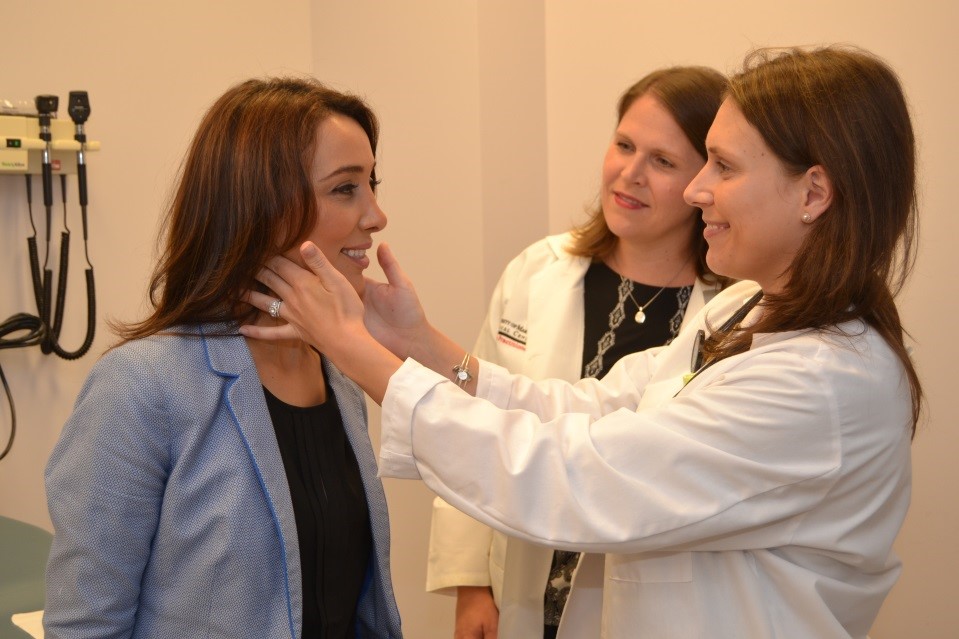Preceptor Preparation Online Course - Advanced
Mozilla Firefox preferred browser
Essential Competencies of Preceptors: A Focus on Working with APRN Students
Module 4: Facilitating Critical Thinking and Clinical Decision-Making
Patient Care

The student's level of experience should guide the preceptor to choose the most optimal learning experience including the acuity of the patient, prior knowledge and required skills, and appropriate learning opportunities.
- Patient assignments that build on the learning experience from simple to complex are the most optimal.
- Building on current experiences will enhance core knowledge and critical thinking.
- When the student is introduced to multiple complex learning opportunities, there may be fragmentation and gaps in learning new concepts.
Goal Setting

During the preplanning, the preceptor and the student should explore the goals for this experience.
- Preceptor supervised interventions (e.g. physical exams) may be appropriate early in the learning experience with guidance leading to proficiency.
- Toward the end of the student's clinical training, the student should be relatively independent, seeing the majority of the day's patients.
- Repetition is very important to increasing the student's ability to care for specific patient populations.
- As the student's understanding of the patient's presentation and ordered treatments is facilitated, their clinical reasoning and confidence is also supported.
Coordinated Learning
Coordinating didactic learning and learning experiences between preceptor and the student allows for "just in time" learning.
- For example, learning about hypertension could be coordinated with an opportunity to use this recent knowledge in patient care.
- Related skills such as history taking, pharmacologic and physiologic interventions could be explored.
Workload planning

Workload for the student during their learning opportunities should be based on the related learning goals.
- There should be an opportunity to care for multiple patients at the clinical site to vary experiences.
- The workload should be increased as appropriate to optimize learning and provide a realistic view of the clinical role.
- Ongoing preceptor and student goal setting with feedback allows for improvement in organization and prioritization of skills.
- Acuity and complexity will increase incrementally as anticipated to meet the learning goals.
- Specific opportunities should be sought to enhance the learning experience to improve critical thinking and diagnostic reasoning.
This website is maintained by the University of Maryland School of Nursing (UMSON) Office of Learning Technologies. The UMSON logo and all other contents of this website are the sole property of UMSON and may not be used for any purpose without prior written consent. Links to other websites do not constitute or imply an endorsement of those sites, their content, or their products and services. Please send comments, corrections, and link improvements to [email protected].